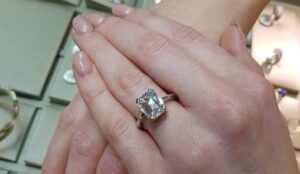
The cut of a diamond is important for the appearance of the finished diamond because it needs to have symmetry, polish and shape.
The ideal cut was designed to provide standard, mathematically accurate ratios of table size (the top, and largest facet of a stone), diameter (the diamond’s width at the girdle), crown (the diamond from the girdle up), pavilion (the diamond from the girdle down), culet (the bottom, and smallest, facet of a diamond), girdle (the belt at the widest portion of the diamond) and depth (the entire diamond height from table to culet or top to bottom).
Polish: The polish of a diamond is fairly self-explanatory, in that it is the finished polish on a diamond’s surfaces, or facets. The facets must have a good polish in order to most effectively reflect light that passes over the diamond. A poorly polished facet or facets can prevent a diamond from not only failing to properly reflect the light that is flashing over it, thus creating a dulled surface look, but poor polish can also cause a diamond to be diminished in its ability to allow light to pass into and through it, thus diminishing its fire and brilliance. In effect, a poor polish can ruin an otherwise spectacular diamond. A diamond’s polish should produce smooth, clean and flat surfaces, so that the diamond’s play of light is utilized to its greatest effect.
Symmetry: The term symmetry refers to the placement of a diamond’s facets. The facets themselves are the flat surfaces that we are familiar with when we think of a diamond. These surfaces must be aligned in just the right orientation to one another, and they must be sized in relation to one another. If a diamond has proper symmetry, this indicates that its facets are all the proper size in relation to one another and that there are the proper number of facets, in relation to the size and desired effect of the diamond.
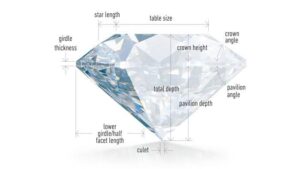
Weight: In the case of such diamonds, the rough diamond is cut to best accentuate the particular qualities of the diamond. For example, a diamond may be cut for greater depth, or greater width, so as to allow for a larger carat weight. While these diamonds may not have the brilliance or fire of an ideal cut diamond, their weight allows them to have greater value than they would otherwise have should they be cut down to an insignificant size for the sake of an ideal cut.
The desire for a particular carat weight also comes into play in the choice of cut for a diamond. While the ideal cut may seem to be what is desired above all, this is not actually the case. There are many rough diamonds that, due to various reasons such as cleavage points, and inclusions, would be diminished to insignificant carat weights should they be cut to ideal proportions.
Shape: When a diamond is cut, the diamond will have a particular shape. This shape is usually determined by the motivation of the cutter, to supply the largest and best quality diamond; which means he must follow the structure of the diamond’s original rough. There are numerous shapes for diamonds, with no particular shape being better than any other, although the current market demand is for round brilliant and princess cut diamonds. However, keep in mind the shape of a diamond that is right for one person may not be right for another.
Emerald-Cut Diamond
The “emerald” cut of diamond is another square or rectangular shaped diamond. As opposed to the brilliant cut, however, with its triangular or four-sided diamond cut facets, the “emerald” cut of diamond has step cut facets. The term “step cut” refers to the step-like look of the facet cuts.
This type of facet appears in long plate or plane-like facets, resulting in a more mirrored-type of effect, rather than the deep fire or shining brilliance of other diamond shapes. The emerald requires a diamond of higher quality of color and clarity than required with other shapes. This is due to the fact that scratches, inclusions and other impurities are more easily noticed with this bold type of cut. The emerald cut of diamond has an elegance and old-world charm not found in brilliant styles.
It tends to have 50 to 58 facets, and a length to width ratio of 1.5-1.7 to 1. As with other square and rectangular shapes, the Emerald cut shape can be cut to be squarer, to flatter the longer fingers, or more rectangular, thus flattering shorter fingers with the appearance of greater length. It tends to be 20% to 33% less expensive than round brilliants of the same weight, as is also the case with other square or rectangular-shaped diamonds. The Emerald cut shape of diamond is linked to organized, resourceful, disciplined and decisive personalities.
Among the world’s major gold trading centers, Dubai is a relatively new participant. However, it is smart enough to chase previously wasted markets and is ambitious, often taking shortcuts to bring gold to the market and with lowest tax and best quality in gold and diamond jewelry as compared to around the rest of the world.

The Gold Souk area of Deira is the center of gold and diamond jewelry shopping, and you must see festive crowds and elaborate gold displays to believe it. The shop windows are literally full of golden trim, and when you see the shiny display racks, you will have nothing to say. All the rough diamonds are imported from South Africa and other countries into Dubai, and hence the price is comparatively cheaper.
Diamonds Dubai store is an authentic source of online shopping from the Dubai gold market in this post-pandemic situation. The plus point of the shop online is shipping costs are paid by Diamonds Dubai.
Follow Mamiya Jewelry social media pages to get latest jewelry designs updates. Facebook | Youtube | Instagram

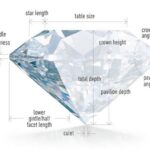

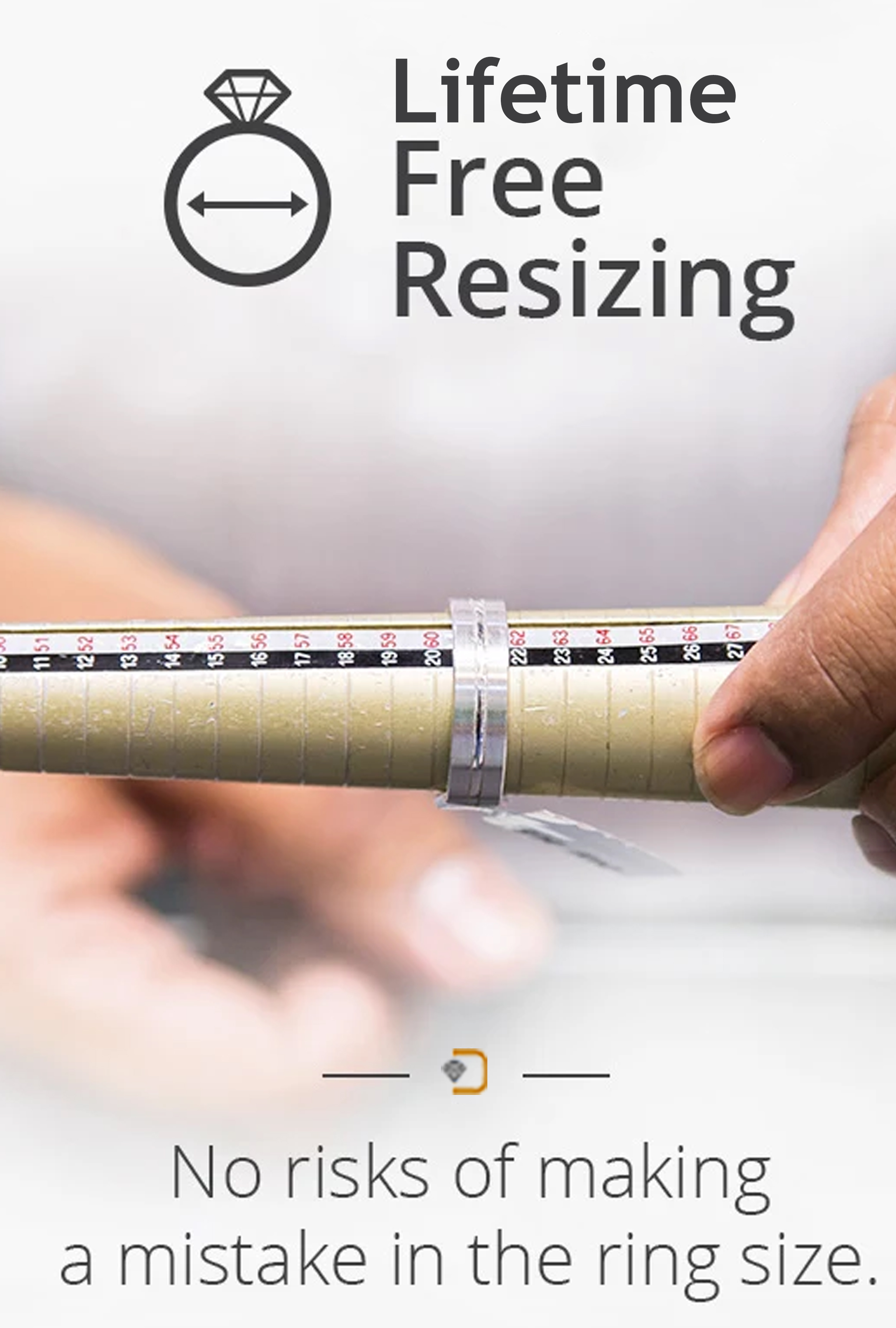


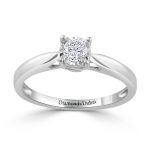

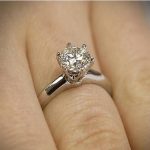
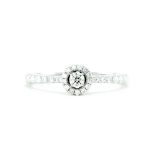
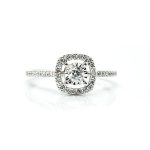
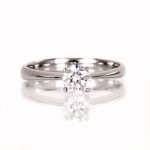
0 comment: